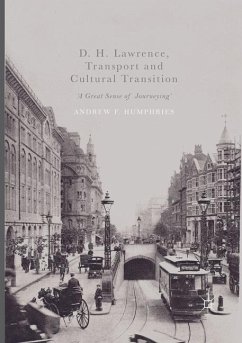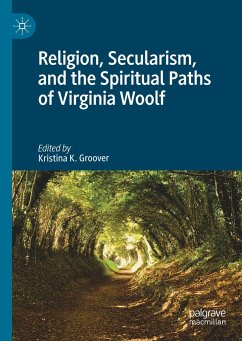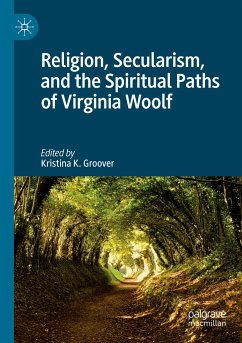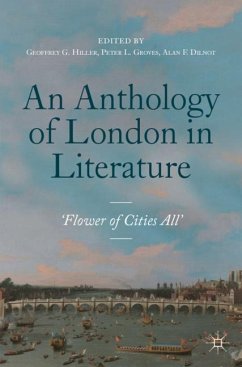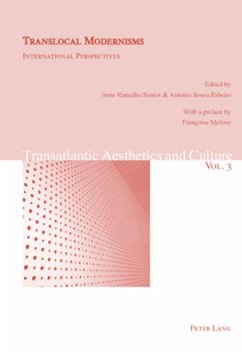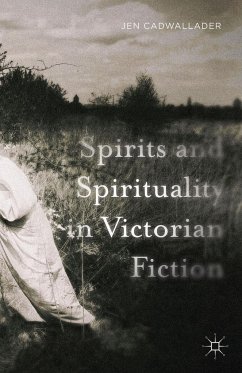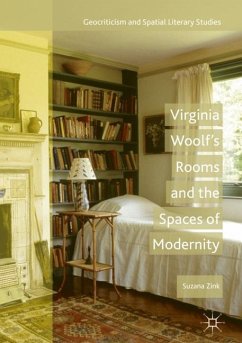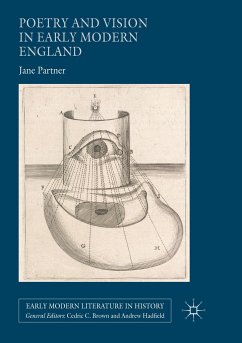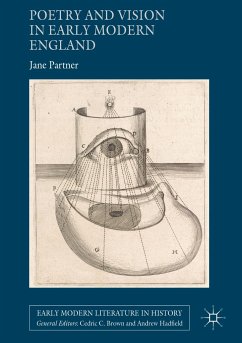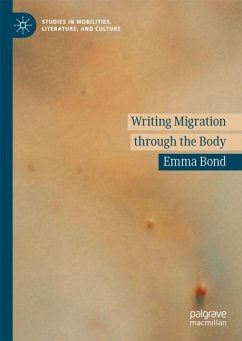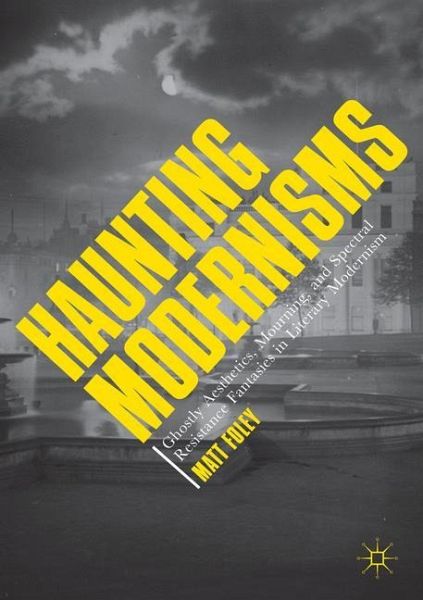
Haunting Modernisms
Ghostly Aesthetics, Mourning, and Spectral Resistance Fantasies in Literary Modernism
Versandkostenfrei!
Versandfertig in 6-10 Tagen
68,99 €
inkl. MwSt.
Weitere Ausgaben:

PAYBACK Punkte
34 °P sammeln!
This book is about haunting in modernist literature. Offering an extended and textually-sensitive reading of modernist spectrality that has yet to be undertaken by scholars of either haunting or modernism, it provides a fresh reconceptualization of modernist haunting by synthesizing recent critical work in the fields of haunting studies, Gothic modernisms, and mourning modernisms. The chapters read the form and function of the ghostly as it appears in the work of a constellation of important modernist contributors, including T. S. Eliot, Virginia Woolf, D. H. Lawrence, Elizabeth Bowen, Wyndham...
This book is about haunting in modernist literature. Offering an extended and textually-sensitive reading of modernist spectrality that has yet to be undertaken by scholars of either haunting or modernism, it provides a fresh reconceptualization of modernist haunting by synthesizing recent critical work in the fields of haunting studies, Gothic modernisms, and mourning modernisms. The chapters read the form and function of the ghostly as it appears in the work of a constellation of important modernist contributors, including T. S. Eliot, Virginia Woolf, D. H. Lawrence, Elizabeth Bowen, Wyndham Lewis, Richard Aldington, and Ford Madox Ford. It is of particular significance to scholars and students in a wide range of fields of study, including modernism, literary theory, and the Gothic.





